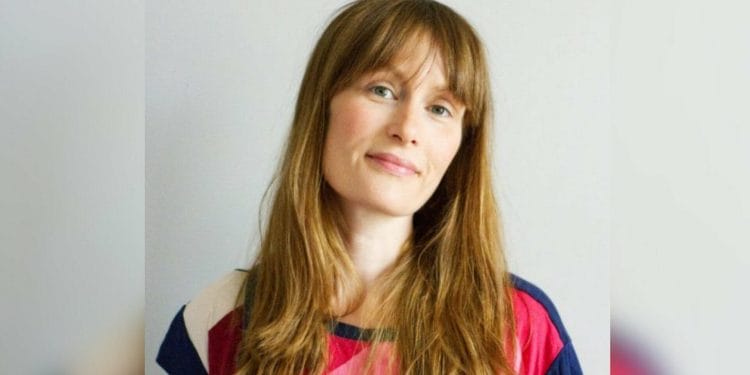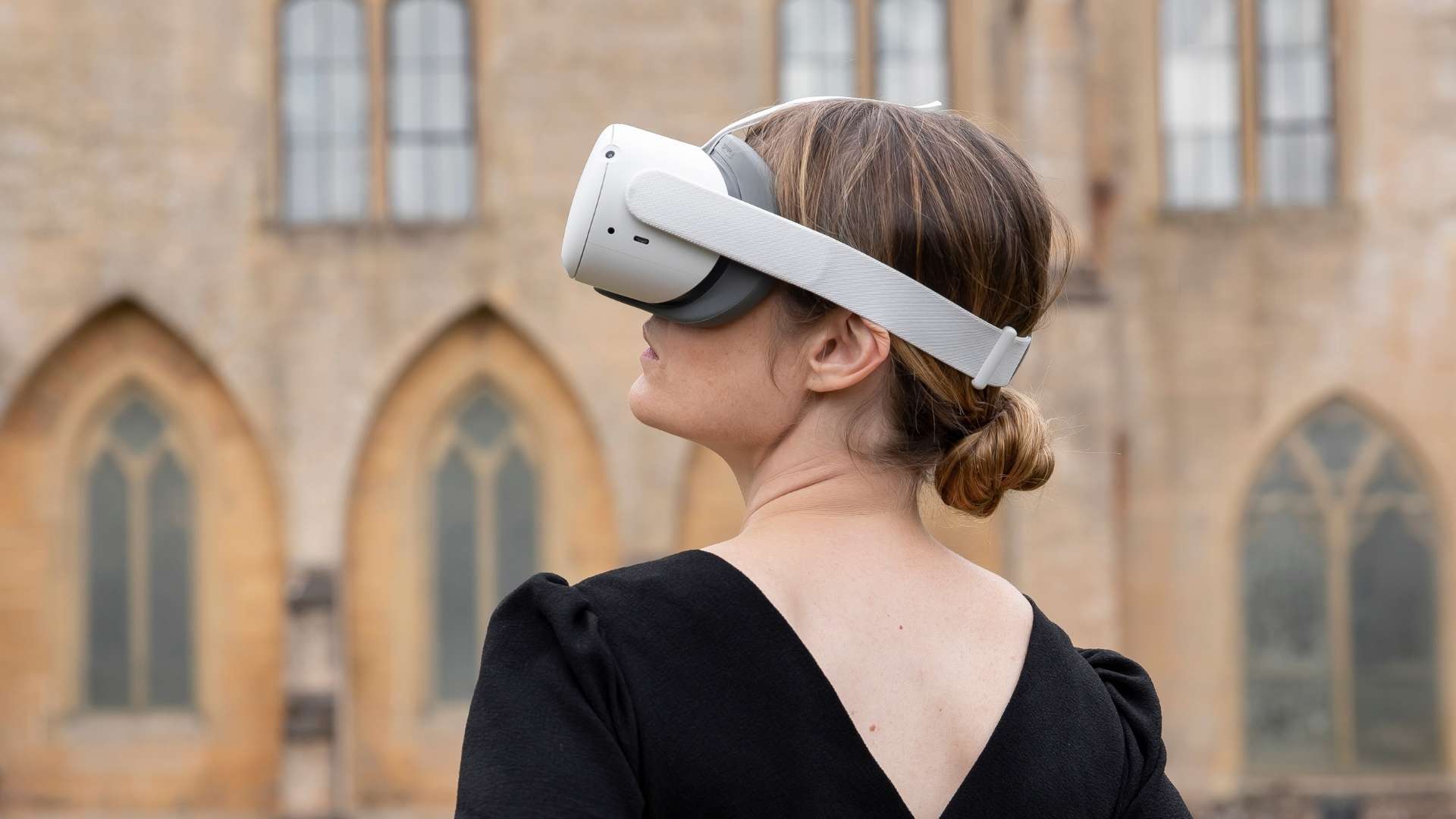Choreographed and performed by Kerryn Wise, new virtual reality (VR) dance experience Facades will premiere at Phoenix, Leicester in October before touring to BOM, Birmingham, and Lakeside Arts Centre, Nottingham, in November. Full details can be found here.
This surreal and immersive VR dance piece invites the audience to walk the line between reality and illusion in a beautiful yet unsettling narrative drawing on iconic scenes from classic movies including The Wizard of Oz, The Truman Show and Rear Window.
Facades explores how virtual intimacy can be fostered between the visiting spectator and virtual performer as they embark on a VR dance journey together. The piece takes the audience on a journey that can only be achieved in virtual space, using new volumetric capturing techniques to create interactive, realistic, animated dancers in a virtual 3D space. The participant becomes both spectator and performer, protagonist and voyeur in this unusual dance between them and the VR dancer. Each atmospheric dance is performed in a different domestic setting and the audience can move through rooms and scenes with the VR performer, exploring ideas of boundaries and reality as they go.
You’re taking Facades out on tour, what can you tell us about the show?
Facades is a room-scale dance theatre virtual reality (VR) experience exploring reality and illusion. Inspired by iconic moments in film, Facades uses the architectural features of mirrors, windows and doors as metaphors for duality, reflection and portals. With a film noir mood, Facades invites individual viewers to see the dance from unique perspectives, to look behind the scenes and to take a closer look.
What inspired you to create Facades?
I am interested in creating exciting and unique experiences for audiences and Facades gave us the opportunity to create a virtual space where audiences can experience dance in a new way. We wanted to create a performance in a virtual world where illusions can be created and revealed. Ben (the creative technologist) and I both have a common interest in film, and we wanted to take ideas from both film and dance and explore these in a VR experience which allows audiences to move around and be inside the fictional film scenes we have created, and to get up close to the performers.
Tell us more about the VR aspect of the piece, and what that means for audiences?
Facades uses cutting-edge technology called Volumetric Capture to capture real-life performers digitally and transform them into three dimensional, virtual versions of themselves. You can occupy the same space, walk around, and view them from any angle. The dancers have one particular ‘perfect’ angle, but Facades allows audiences to step behind and around the edges of the illusion to explore how representation is created and exposed.
Volumetric Capture uses depth cameras to film performers and record them as a series of datapoints in space (a pointcloud), or as a moving mesh. By recording the distance data, alongside the visual and colour data, VolCap can recreate performers in the VR environment. Facades uses a single depth camera – a Microsoft Kinect Azure with editing software Depthkit, and the Unity games engine to build surreal domestic scenes in VR.
What have you enjoyed most about putting the show together?
It’s been a fascinating process to be working with these technologies and to be finding new ways to make the dance and theatre content work in a virtual space. As a medium, VR is still in its infancy, so its exciting to be part of developing the techniques and approaches that future artists may use. We shared the work along the way with invited test audiences, and that feedback was an important part of the development of the work, putting the audience experience at the heart of the work.
And have there been any challenges to creating such a unique piece?
The process of choreographing for volumetric capture is different to usual studio- based work as you have to consider the space differently, and consider how the viewer will be able to see the dancer from any angle in the virtual space. We also wanted the viewer to feel like they are going on a journey in the virtual world and travelling through different spaces in a limited physical space, so we had to find some technical solutions to make this work in VR. We also had some COVID restrictions in place during development, so often I was working in the studio alone testing ideas, and I had to get to grips with running the depth camera’s myself, which was challenging at times.
What would you say to anyone thinking of coming to see Facades?
Facades offers audiences a completely new way to see dance performance. If you are interested in film, dance, theatre, VR, or just new experiences, then come along a try it out!














